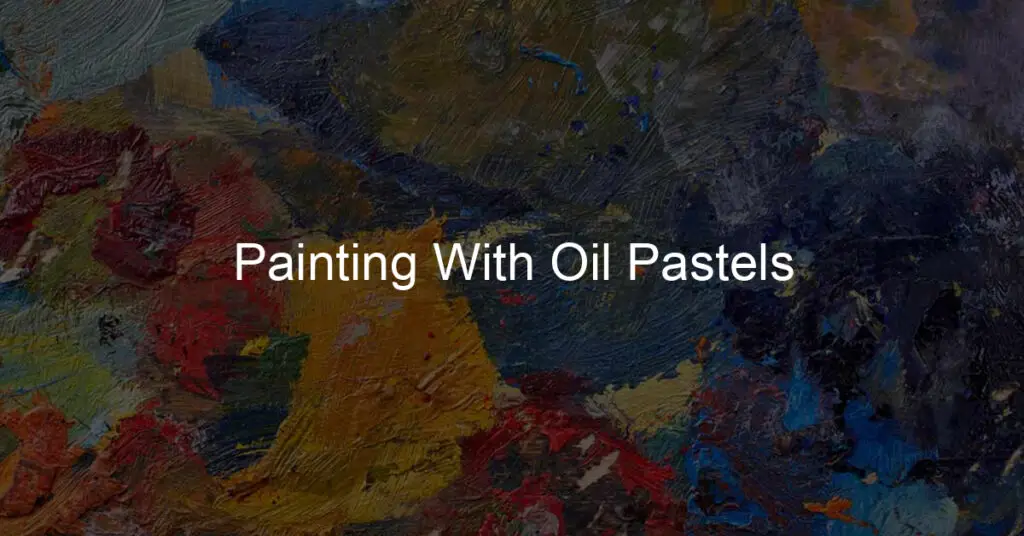Introduction to Painting with Oil Pastels
The journey into the world of oil pastels is a fascinating one filled with vibrant colors, unique techniques, and unlimited creativity. Like any other art medium, it has its distinctive set of characteristics that provide an artist with a range of possibilities. Painting with oil pastels involves a unique process of directly applying and manipulating color on a surface. Its approach is different from traditional oil painting, which requires brushes and a medium to blend. In this guide, we’ll delve into the details of painting with oil pastels, covering everything from the basics to advanced techniques.
Understanding the Basics: What Are Oil Pastels?
Oil pastels are a type of drawing and painting medium. They consist of pigment mixed with a non-drying oil and wax binder, forming a soft, buttery stick. Their unique composition allows them to produce more vivid colors compared to other mediums, and their softness makes them easy to blend. Unlike traditional pastels, which are powdery and can be easily smudged, oil pastels are less likely to crumble, and they stick to the canvas better due to their oil content.
Materials Needed for Oil Pastel Painting
The beauty of oil pastel painting lies in its simplicity when it comes to materials. Primarily, you’ll need a set of oil pastels, which are available in a broad range of prices and qualities. High-quality oil pastels will generally provide a more vibrant and consistent color. Next, choose your surface. Oil pastels work well on a variety of surfaces including paper, canvas, wood, and even metal. The texture of the surface can affect the appearance of your artwork. Other useful tools include a palette knife for scraping and mixing, blending stumps for smooth transitions, and fixative spray to preserve your finished work.
Essential Techniques for Oil Pastel Painting
There are several fundamental techniques to grasp when starting with oil pastels. Layering is one, where you build up color and texture by applying pastel in multiple layers. Blending is another key technique that involves smoothing colors together to create transitions and mixtures. You can blend with your fingers, a blending stump, or even a cloth. Sgraffito, where you scratch away layers to reveal colors beneath, can add interesting textures and details to your work. Experiment with these techniques to find what works best for you and your artistic style.
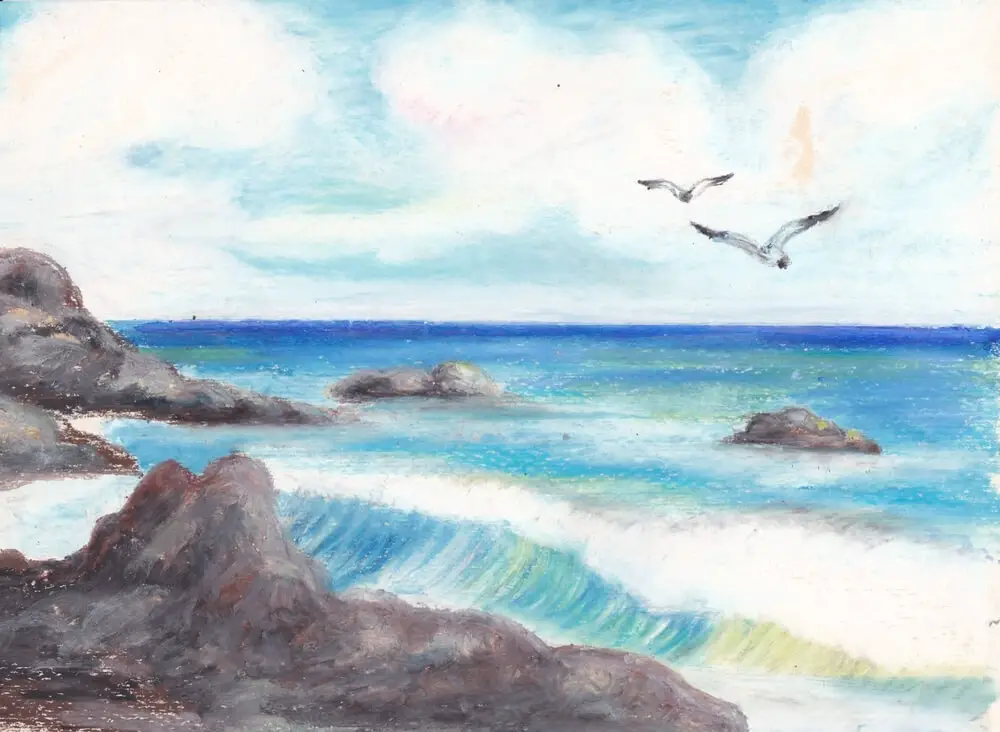
Color Mixing and Blending with Oil Pastels
Unlike other mediums, oil pastels allow you to mix colors directly on your chosen surface. By layering different colors and using your tools or fingers to blend, you can create a wide variety of hues, tints, and shades. This technique is particularly useful for creating smooth gradients or transitions in your artwork. Remember, oil pastels are quite forgiving – if you’re not happy with a color or blend, you can usually modify or scrape it off and start again.
Creating Texture in Your Artwork with Oil Pastels
Oil pastels offer a myriad of possibilities for creating texture. The thick, creamy consistency of the pastel can be manipulated to produce a range of effects. By varying your strokes and the amount of pressure applied, you can create different textures – from smooth, well-blended areas to rough, heavily-layered sections. Techniques like stippling (using small dots), cross-hatching (creating texture with intersecting lines), and sgraffito can further contribute to the textural complexity of your work.
Layering and Glazing Techniques in Oil Pastel Painting
Layering, or the application of multiple layers of color, is a fundamental technique in oil pastel art. This process adds depth, intensity, and richness to your work. Glazing is a form of layering where a lighter, often transparent color,
is applied over a dried layer of a different color. This technique can modify the hue and create a glowing effect, as the bottom layer shines through the top layer. It’s important to note that the quality of the oil pastel can greatly impact the success of these techniques. Higher quality oil pastels tend to layer and glaze better without muddying the colors.
Working with Tones and Shades in Oil Pastel Art
Working with tones and shades is crucial for achieving realism and depth in your oil pastel artwork. A tone refers to a color mixed with grey or its complementary color, which can be used to show the effect of light or shadow. A shade, on the other hand, is a color mixed with black. Playing with tones and shades allows you to render depth and volume to your subject. By observing where the light and shadows fall on your subject, you can mimic these effects with careful tonal variation in your art.
Applying the Sgraffito Technique in Oil Pastel Art
Sgraffito is a technique where the top layer of oil pastel is scratched or scraped away to reveal a different color underneath. This can be done using various tools, such as a palette knife or even the end of a paintbrush. Sgraffito is especially effective when you want to add intricate details or create texture in your artwork. The process adds depth and interest, making your piece more dynamic. Remember to layer your colors thoughtfully, as the underlayer will become exposed during this process.
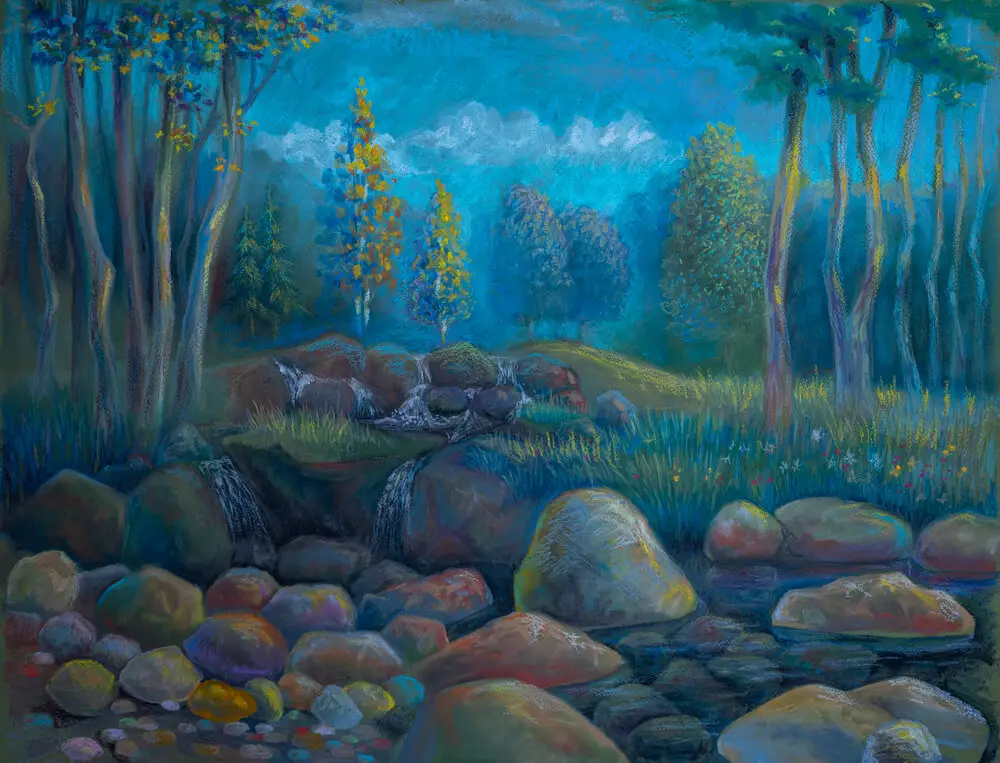
Creating Highlights and Shadows for Dimension in Oil Pastel Works
Highlights and shadows are what give a painting its sense of three-dimensionality. With oil pastels, creating these effects involves understanding the basics of light and form. Highlights are the spots where light directly hits the object, and they are usually the lightest value in your painting. Shadows are areas where light doesn’t reach directly and are generally darker. Including both in your work can help convey the form of the objects you’re portraying, making them seem more realistic and voluminous.
Tips and Tricks to Avoid Common Mistakes in Oil Pastel Painting
As with any art form, beginners often face certain challenges when starting with oil pastels. Some common mistakes include muddying colors, overblending, and applying too much pressure too early. Remember to keep your pastels clean to avoid color contamination, be patient with blending for smoother transitions, and build your colors gradually. Also, take advantage of the oil pastel’s ability to be erased or scraped off, which can be a lifesaver if you make a mistake or want to create specific effects.
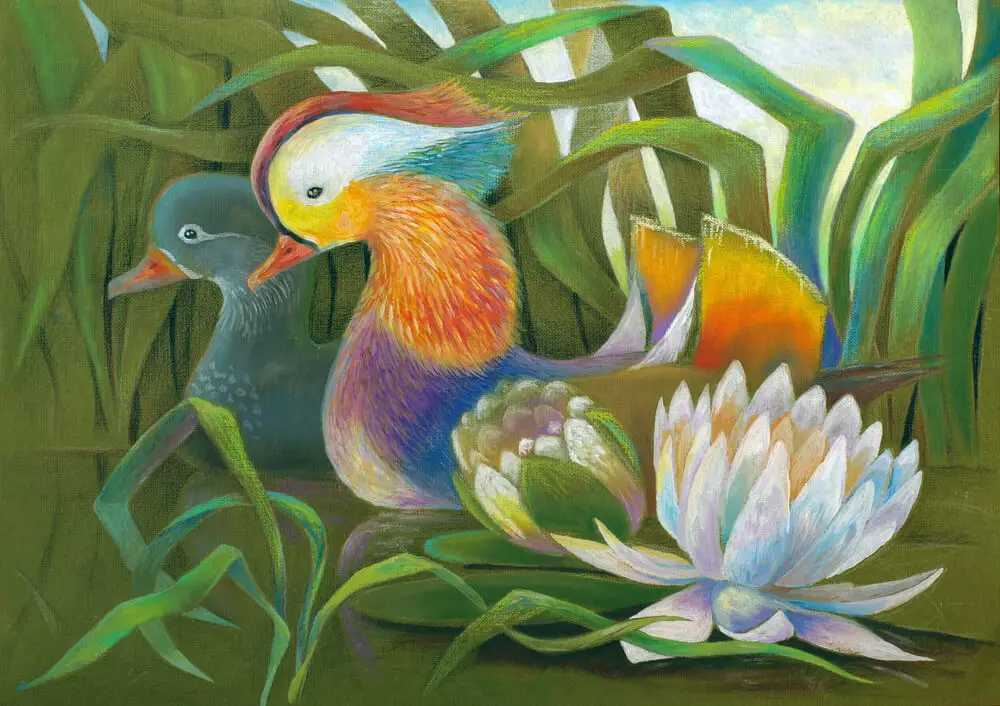
Artist Spotlight: Famous Oil Pastel Works for Inspiration
Many renowned artists have used oil pastels to create magnificent works of art, and studying their pieces can provide inspiration and insight. Edgar Degas, for instance, was a prolific user of pastels, and his ballet dancers series beautifully showcases the medium’s capacity for capturing light and texture. Similarly, contemporary artists like Richard McKinley and Susan Ogilvie create stunning landscapes with oil pastels that are worth exploring for inspiration.
Preserving and Framing Your Oil Pastel Artwork
Preserving your oil pastel works properly ensures their longevity and keeps the colors vibrant. A fixative spray can protect your artwork from smudging, dust, and UV light. When framing, it’s advisable to use a spacer or mat to keep the artwork from touching the glass, as oil pastel never fully dries and could stick to the glass. The frame should also be sealed to protect the work from environmental factors like moisture and insects.
Advancing Your Skills: Intermediate and Advanced Techniques in Oil Pastel Art
Once you’ve mastered the basics of oil pastel painting, there’s a wealth of advanced techniques to explore and refine your skills. This might include complex layering and glazing techniques to create intricate color relationships, using mixed media to incorporate other materials into your work, or even developing your personal style or signature approach to using oil pastels. Experiment with different surface textures and types of pastels, try new tools for unique effects, and don’t be afraid to take risks with your artwork. Remember, every artist’s journey is different and continually evolving.
Exploring Abstract Art with Oil Pastels: Unleashing Your Creativity
Oil pastels are an excellent medium for creating abstract art. Their vibrant colors, combined with the ease of mixing and blending directly on the surface, open up a world of creative possibilities. Abstract art focuses on the visual qualities of the work, such as colors, shapes, and textures, rather than trying to represent an accurate depiction of visual reality.
You can experiment with non-representational forms, intuitive mark-making, and spontaneous creation. Abstract art with oil pastels is all about expressing emotion and exploring the boundless landscape of your imagination.
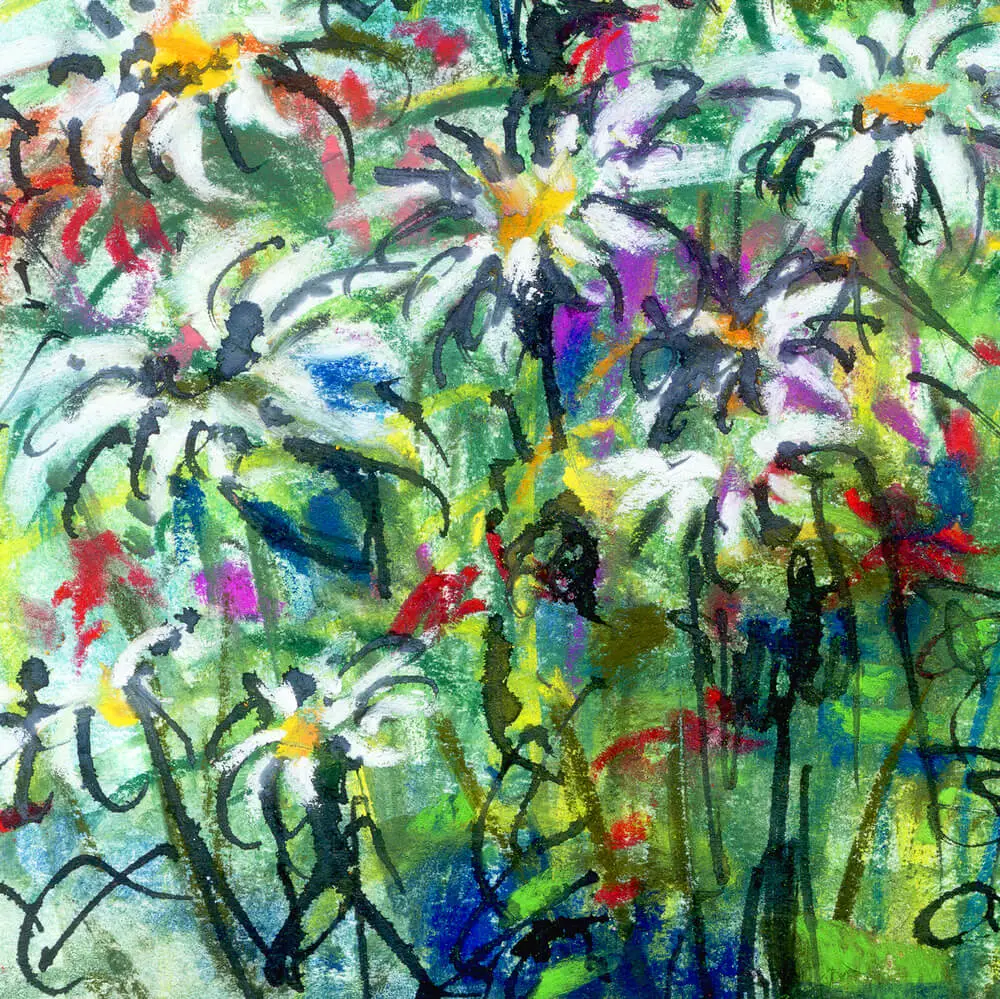
Conclusion: Embarking on Your Oil Pastel Art Journey
In conclusion, the world of oil pastel painting is a vibrant and dynamic medium filled with endless creative possibilities. Whether you are just beginning your artistic journey or looking to expand your current skills, oil pastels offer a unique avenue for self-expression. From understanding the basics of oil pastels and mastering essential techniques to exploring advanced methods and abstract art forms, there’s so much to learn and enjoy.
Remember, the most important aspect of art is the process itself – the joy, relaxation, and fulfillment it brings. Artistic skill isn’t merely about technical proficiency, but also about developing your unique voice and style. So, armed with these insights, pick up those vibrant sticks of color and embark on your own oil pastel adventure. Happy creating!

